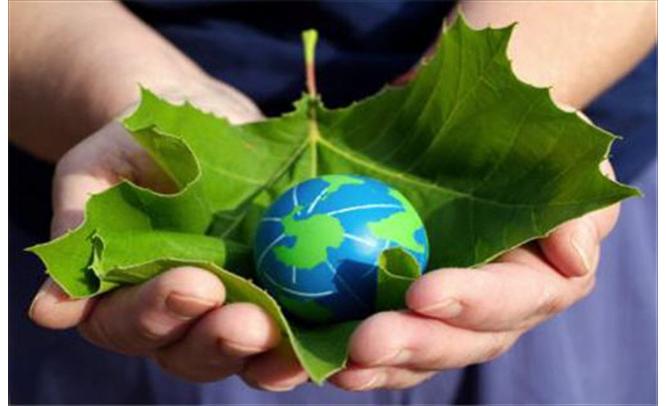Although the past decade of rapid economic growth has brought many benefits to India, the environment has suffered, exposing the population serious air and water pollution.
31st July,2013
Background and Context
Over the last decade, India’s strong growth has increased employment opportunities and allowed millions to emerge from poverty.
India’s remarkable growth record, however, has been clouded by a degrading environment and growing scarcity of natural resources. Mirroring the size and diversity of its economy, environmental risks are wide ranging and are driven by both prosperity and poverty.
In a recent survey of 132 countries whose environments were surveyed, India ranked 126th overall and last in the ‘Air Pollution (effects on human health)’ ranking.[1] The survey concluded that India has the worst air pollution in the entire world, beating China, Pakistan, Nepal and Bangladesh. Also, according to another recent WHO survey, across the G-20 economies, 13 of the 20 most polluted cities are in India. . Simultaneously, poverty remains both a cause and consequence of resource degradation: agricultural yields are lower on degraded lands, and forests and grasslands are depleted as livelihood resources decline. To subsist, the poor are compelled to mine and overuse the limited resources available to them, creating a downward spiral of impoverishment and environmental degradation.
But does growth – so essential for development – have to come at the price of worsened air quality and other environmental impacts?
Findings
Three striking findings emerge from this review:
First, Environmental sustainability could become the next major challenge as India surges along its projected growth trajectory
Second, A low-emission, resource-efficient greening of the economy should be possible at a very low cost in terms of GDP growth. While a more aggressive low-emission strategy comes at a slightly higher price tag for the economy it promises to deliver greater benefits.
Third, For an environmentally sustainable future, India needs to value its natural resources, and ecosystem services to better inform policy and decision-making.
Source : World Bank


